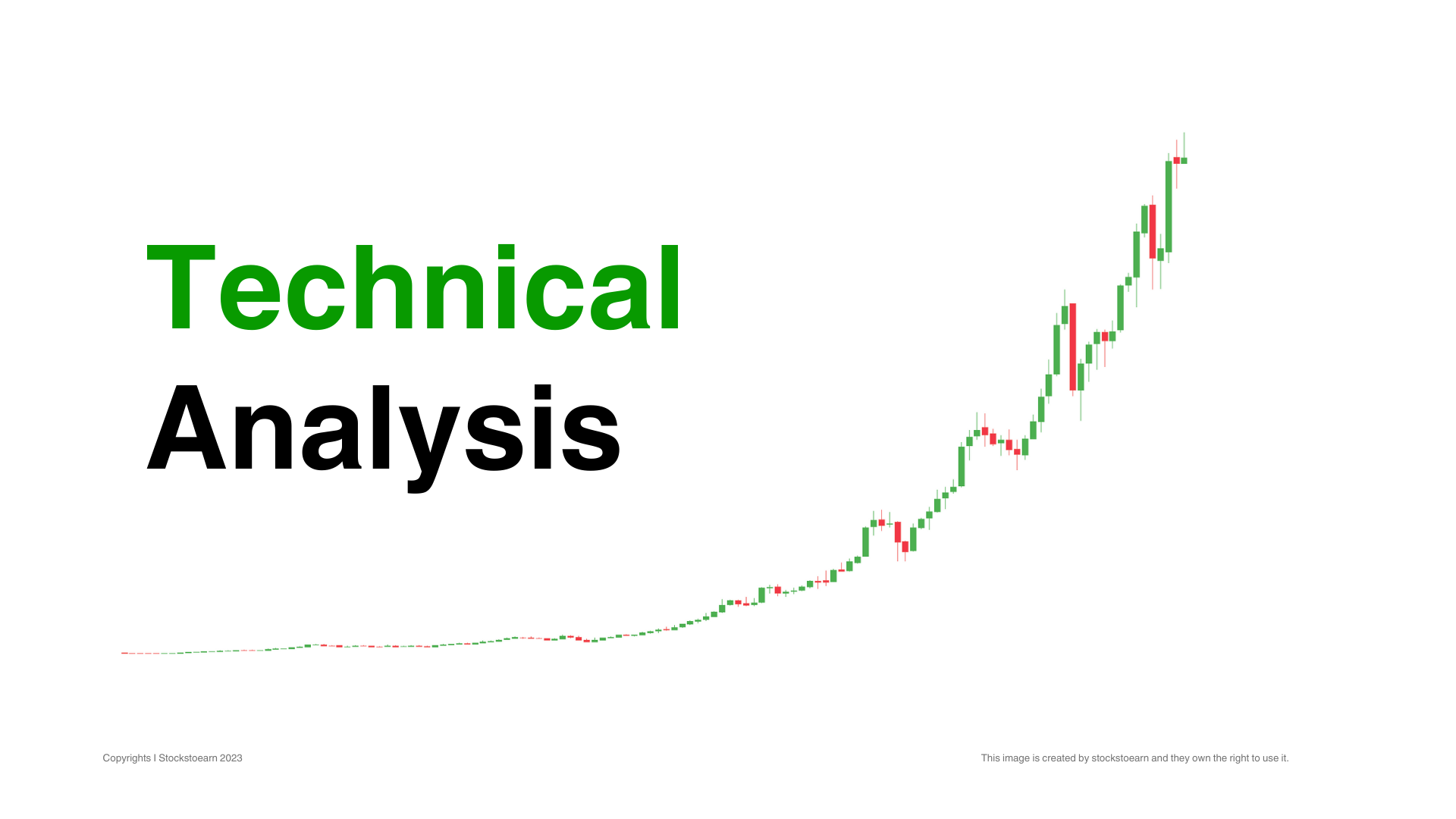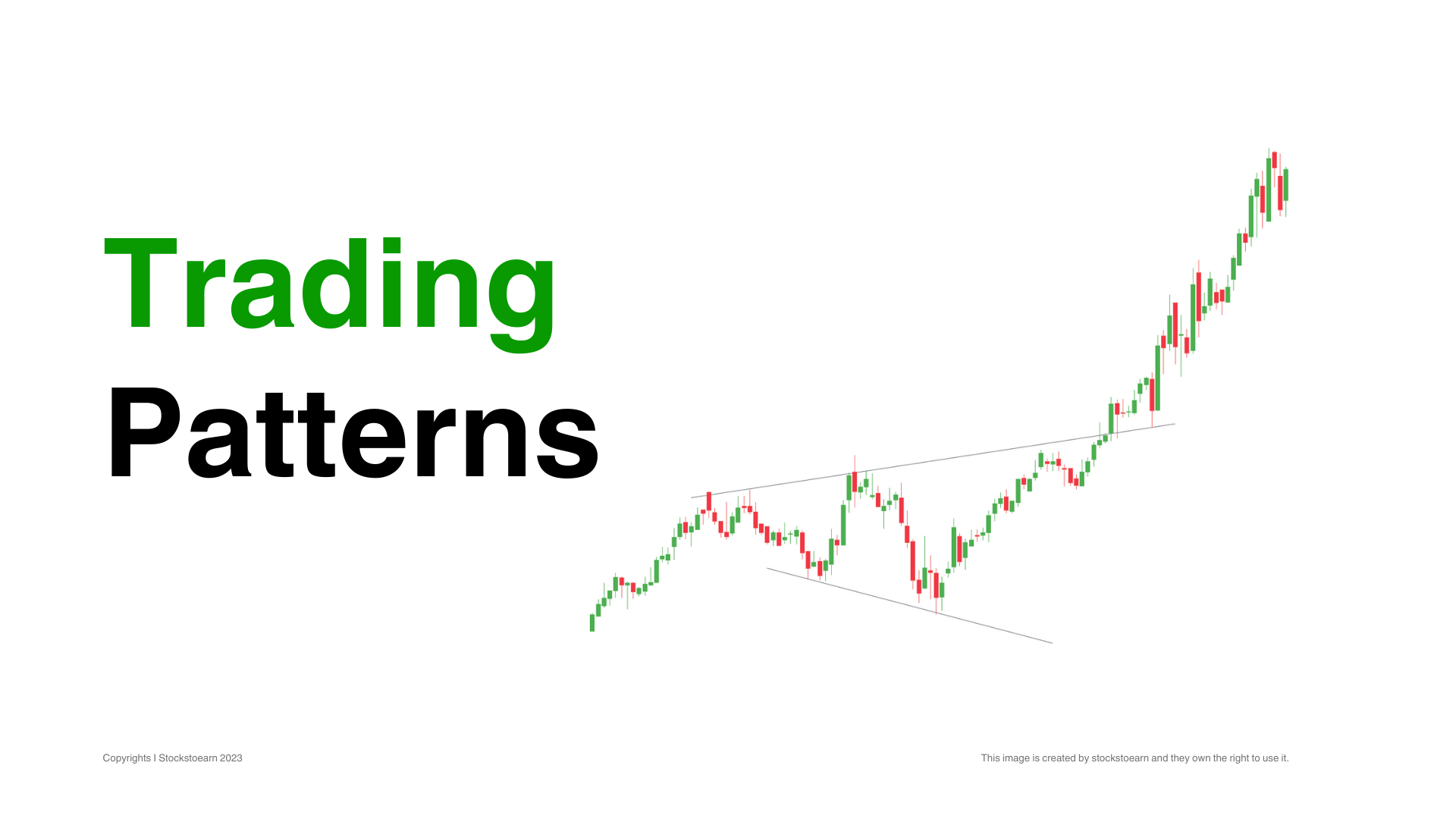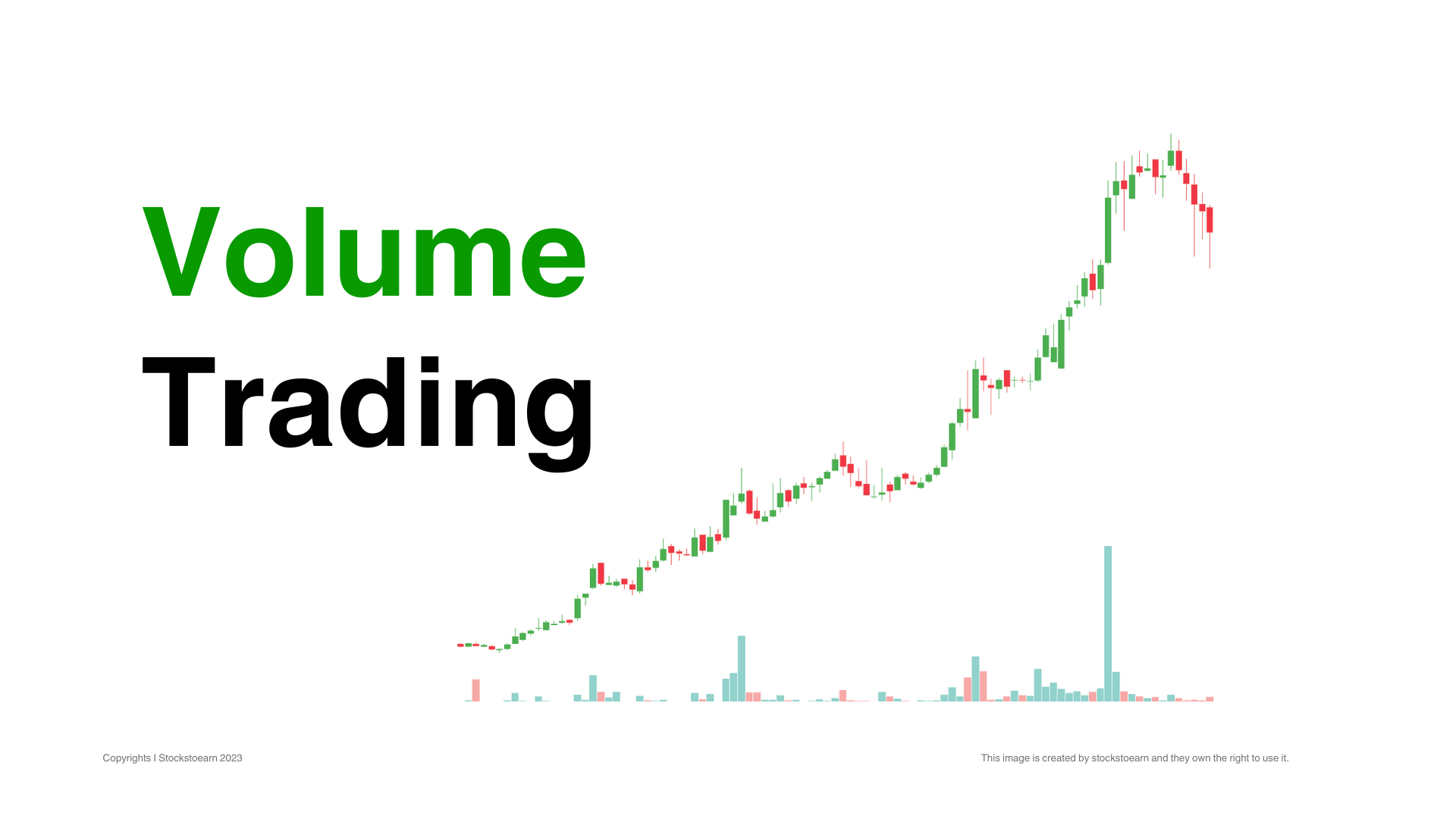Technical Analysis
Trading Series I Education Hub

Technical analysis is the study of price and volume changes over time. Technical analysis usually involves the use of financial charts to help study these changes. Any person who analyzes financial charts can be called a Technical Analyst.
Learning Tip
Technical analysis helps a person to use technical indicators and make strategies for profitable trades. As said by world’s top market researchers over the years, there is not a single strategy that will always work. So, only after gaining massive experience and expertise you will be able to make good working strategies.
Understanding
How Stock Market Works?
Despite being surrounded with data, charts, raw numbers, mathematical formulas, etc., technical analysts are really studying human behavior – specifically the behavior of crowds with respect to fear and greed. The emotional state of those investors is what determines the price for that stock.
If more investors feel the stock will rise, it will! If more feel that the stock will fall, then fall it will. Thus, a stock’s price change over time is the most accurate record of the emotional state – the fear and the greed – of the market for that stock and thus, technical analysis is, at its core, a study of crowd behavior.
Understanding
Forecasting
When was the last time you saw a 100% accurate weather forecast for your area? Chances are that at least some of the weather predictions your local weather person tells you won’t come to pass. In many cases, most of the predictions are wrong. So why do we keep listening to weather forecasts?
Weather forecasts are useful because they help us prepare for what is likely. Technical analysis is very similar to weather forecasting. Good technical analysts know that technical analysis can prepare you for what is likely to happen but, just like many weather forecasts, things can change in unpredictable ways.
Working Process
How Technical Analysis Works?
The reason technical analysis has value is that directional price moves are often sustained for a period of time allowing analysts to detect and profit from the change in price. Even though a technical analyst has many math-based tools to analyze price and volume movement, the process is ultimately an art in the study of human behavior.
Just as the meteorologist can never guarantee a weather forecast, a technical analyst can never be perfectly certain of future price movements since human behavior is involved.
All investors are faced with three basic questions with their investments. What to invest in, when to buy and when to sell. Technical analysis provides a framework for investors to methodically select equities and pick times to buy and sell. Technical analysts always know how much risk they are taking and know when to “get out while the getting is good”.
In order words, if prices are in an uptrend prior to a rectangle pattern forming, prices will usually resume the uptrend once the rectangle pattern finishes. Basically, consolidation patterns are places where the bulls and the bears have another short-term argument about the stock, but it is a half-hearted one. The bigger picture doesn’t really change.
The Backbone
Use of Price and Volume
The underlying premise of technical analysis is that all known information such as its financial results, analyst’s ratings, management performance, news, etc. are reflected in the historical price and volume data. This is a powerful concept since it is impossible to gauge how these factors may influence future price separately.
It is important to understand that technical analysis can only be used to determine the likely direction of future prices. It cannot anticipate news events or how investors will respond to them.
The Psychology
Why Technical Analysis Works?
Technical analysis works because price and volume often reveal the collective psychology (the “fear/greed balance”) of a market’s participants. Technical charts can reveal changes in the fear/greed balance soon after those changes occur and that provides opportunities for profitable trades.Technical analysts work to identify charts where the fear/greed balance has recently changed in a predictable manner.
They then place trades to try and profit from that change. Once they have bought a stock, technical analysts monitor price and volume for sell signals.Done correctly, trades based on technical analysis carry a higher-than-average chance of success; however, disciplined money management techniques must still be used to guard against unforeseen price movements.
Get PRO
Get access to exclusive premium features and benefits. Subscribe a PRO plan.

